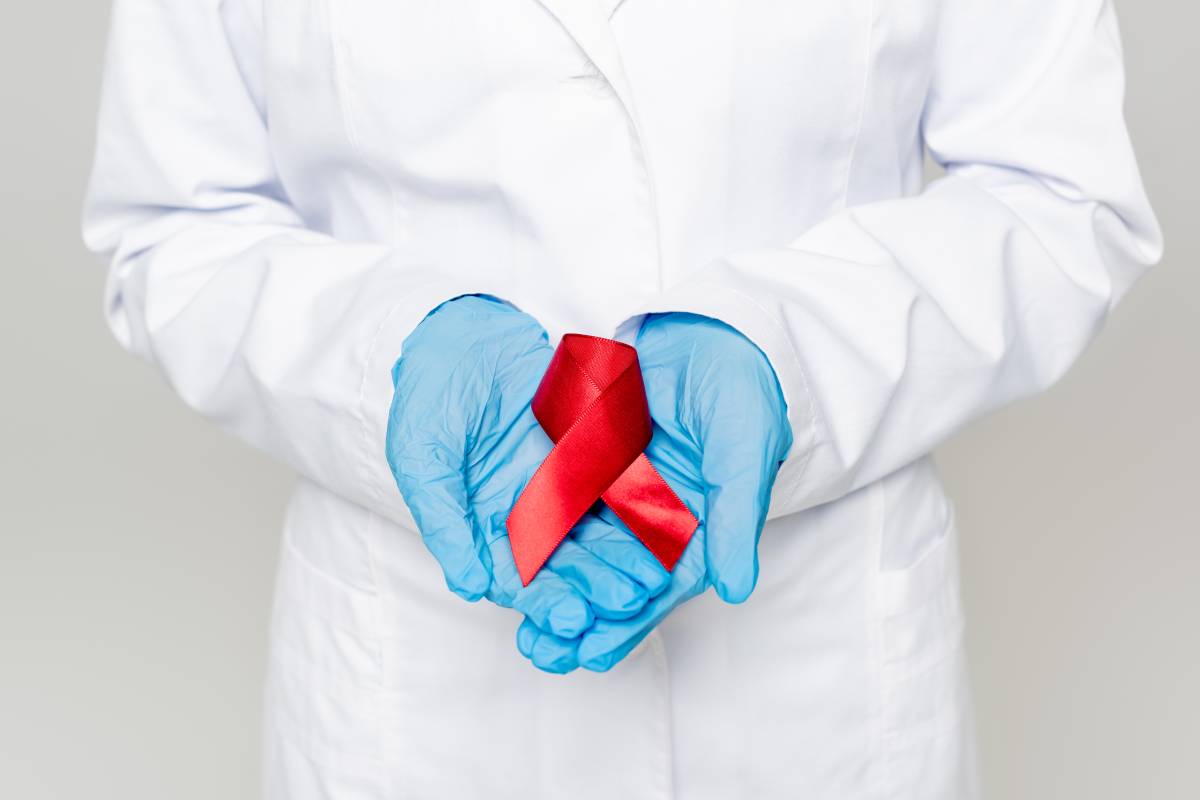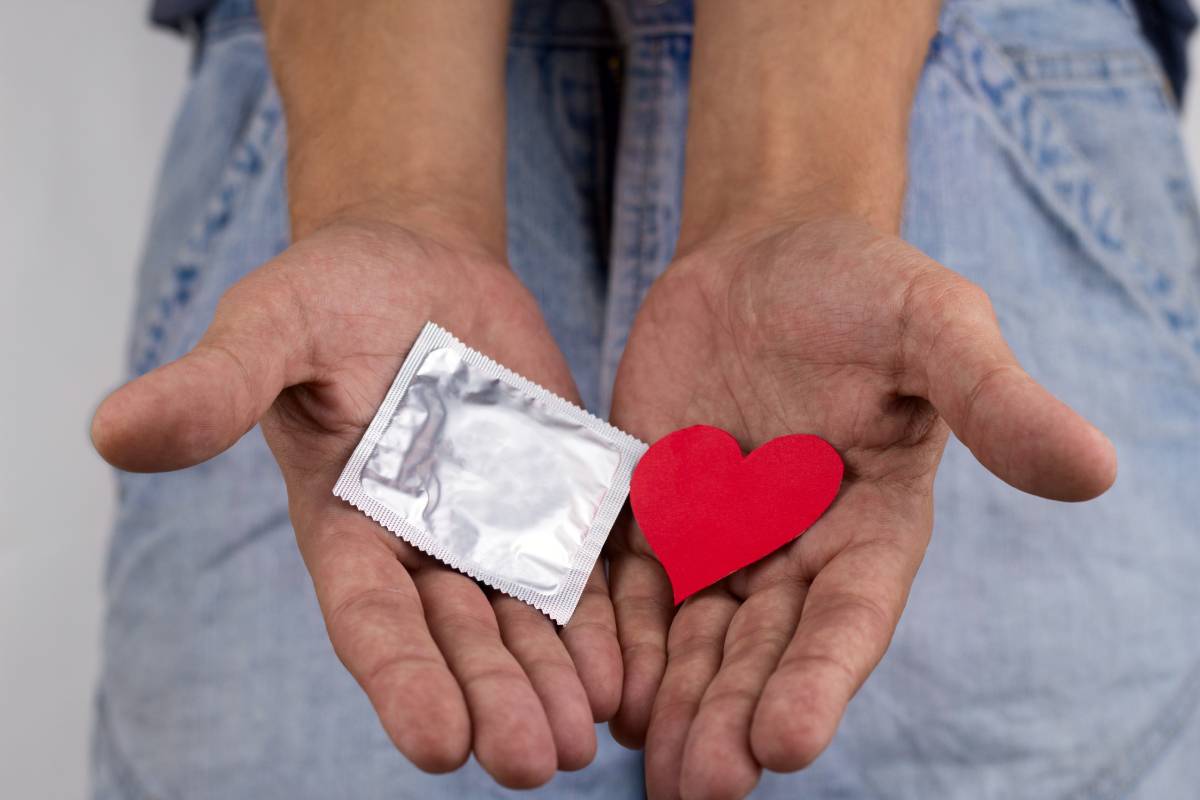STD testing helps with early detection, timely treatment, and prevention of complications, while reducing the spread of infections. It highlights benefits of testing.
Sexually transmitted diseases (STDs) are a major public health concern affecting millions of people worldwide every year.
Despite their prevalence, many STDs go undetected due to a lack of symptoms or awareness, leading to serious health complications and continued transmission.
Regular testing, prevention, and early treatment are essential tools in managing the spread of these infections and protecting both individual and community health.
Understanding the benefits of STD testing, the importance of prevention and treatment, and the advantages of early diagnosis can empower people to take control of their sexual health and promote healthier, more informed choices.
The Benefits of STD Testing

STD testing is a cornerstone of sexual health. It helps individuals understand their health status, take timely action, and protect themselves and their partners. Here are some key benefits:
1. Promotes Early Detection and Treatment
Many STDs such as chlamydia, gonorrhea, syphilis, and HIV may not show symptoms in the early stages. Routine testing enables early detection even in the absence of signs. Early treatment can prevent complications like infertility, pelvic inflammatory disease (PID), organ damage, and increased HIV susceptibility.
2. Reduces Spread of Infection
STD testing reduces the spread of infections by identifying infected individuals who can then take precautions to avoid transmitting the disease. When one partner gets tested, it often encourages others in their network to do the same, creating a ripple effect of awareness and prevention.
3. Empowers Personal Responsibility
Knowing one’s STD status empowers individuals to make informed choices about their sexual health. This includes using protection, communicating with partners, and seeking treatment if needed. It fosters accountability and encourages honest discussions about health and safety.
4. Protects Reproductive Health
Undiagnosed STDs can have long-term effects on fertility. For instance, untreated chlamydia or gonorrhea can lead to PID in women, which may result in ectopic pregnancy or infertility. In men, some STDs can lead to prostatitis or epididymitis, affecting sperm quality. Regular testing helps preserve reproductive health and prevent complications during pregnancy.
5. Reduces Stigma Through Normalization
When more people participate in regular testing, it reduces the stigma often associated with STDs. It shifts the focus from shame to self-care, making it easier for people to talk about and address sexual health openly and responsibly.
Anxiety Reduction
Regular STD testing can significantly reduce anxiety that arises from uncertainty about one’s sexual health status. People often experience stress, fear, or worry about the possibility of having an STD, and testing provides clarity.
Knowing one’s health status removes the burden of uncertainty and allows individuals to take control of their well-being. This can greatly alleviate the mental distress that often accompanies fears of undiagnosed infections.
Why STD Prevention and Treatment Are Important

Beyond individual health, STD prevention and treatment are public health priorities. They contribute to healthier communities, reduce healthcare costs, and prevent future outbreaks. Here’s why prevention and treatment matter:
1. Prevents Serious Health Complications
Many STDs, if untreated, can lead to chronic health issues. HIV can progress to AIDS, syphilis can damage the heart and brain, and HPV can cause various cancers. Prevention strategies such as vaccination, condom use, and regular testing drastically reduce the risk of these serious outcomes.
2. Protects Maternal and Infant Health
STDs can have severe consequences for pregnant individuals and their babies. Infections like syphilis, herpes, and HIV can be passed to the baby during pregnancy or childbirth, potentially leading to miscarriage, stillbirth, or lifelong health issues. Early treatment during pregnancy can prevent transmission and ensure healthier outcomes for both mother and child.
3. Supports Antibiotic Stewardship
Effective STD treatment helps reduce the emergence of drug-resistant strains, especially in bacteria like gonorrhea. By treating infections early and appropriately, we help preserve the effectiveness of existing antibiotics and reduce the spread of resistant infections.
4. Minimizes Emotional and Psychological Impact
STDs can take a psychological toll, causing anxiety, shame, and stress. Timely treatment and support reduce these burdens, promoting mental and emotional well-being. Prevention strategies like open communication and education can also lessen fear and stigma.
5. Reduces Economic Burden
STDs place a financial strain on individuals and healthcare systems. According to the CDC, the U.S. spends billions annually on STD-related healthcare costs. Preventative care, early diagnosis, and treatment can significantly reduce this financial burden by avoiding costly complications and hospitalizations.
The Benefits of Early Testing and Diagnosis

Early testing plays a critical role in controlling the spread of STDs and improving treatment outcomes. Here are the key benefits of catching infections early:
1. Prevents Disease Progression
The earlier an infection is diagnosed, the more effective and simpler the treatment. For example, early-stage syphilis can be cured with a single dose of penicillin. HIV, when diagnosed early, can be managed with antiretroviral therapy (ART), allowing individuals to live long and healthy lives while reducing viral load to undetectable levels.
2. Improves Partner Notification and Treatment
Early diagnosis enables people to notify their recent sexual partners so they can get tested and treated too. This breaks the chain of transmission and protects others from unknowingly spreading the infection.
3. Increases Treatment Success Rates
Treatment is more likely to be successful and less complex in the early stages of infection. For instance, early treatment of HPV-related lesions can prevent progression to cervical or other cancers. Similarly, early intervention in herpes or HIV can manage symptoms more effectively and reduce long-term impacts.
4. Preserves Fertility and Reproductive Function
Early detection of STDs helps protect fertility. Prompt treatment can prevent the infection from causing damage to the reproductive system, such as blocked fallopian tubes or inflammation in the testes.
5. Enhances Quality of Life
An early diagnosis can alleviate physical symptoms, mental distress, and the uncertainty of not knowing one’s health status. People feel more in control of their health, experience less anxiety, and can take proactive steps to stay healthy.

Encouraging Regular Testing and Safe Practices
Despite the many benefits, STD testing rates remain lower than ideal in many populations. Encouraging regular testing requires removing barriers such as stigma, cost, access, and lack of awareness. Here’s how individuals and communities can promote safer practices:
- Education: Teaching comprehensive sex education that includes STD awareness, prevention methods, and the importance of testing.
- Accessible Testing: Offering free or low-cost testing at clinics, pharmacies, and through at-home test kits.
- Open Communication: Encouraging conversations about sexual health between partners and healthcare providers.
- Routine Health Checks: Including STD testing as a standard part of annual physicals or gynecological exams.
- Vaccinations: Promoting HPV and hepatitis B vaccines, which protect against common STDs.
Conclusion
STD testing, prevention, and early diagnosis are essential components of a healthy and responsible society.
Regular screening helps individuals take charge of their health, protects partners, and reduces the overall burden of disease.
Prevention and timely treatment not only avoid serious complications but also promote emotional and reproductive well-being.
By making STD care a routine and normalized part of health maintenance, we can move toward a future with fewer infections, less stigma, and healthier communities.





